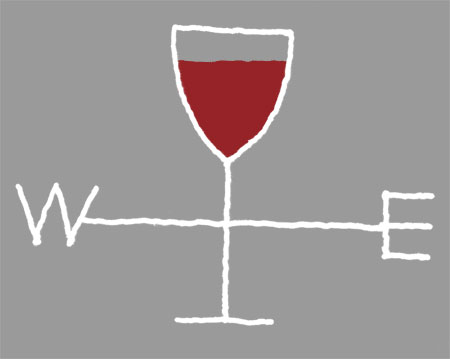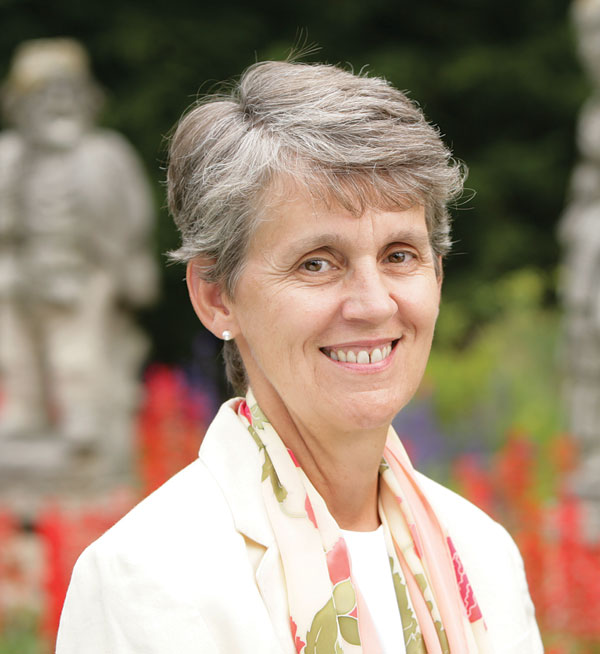A Toast to Liberal Arts– East & West

Over the winter, I had the good fortune to travel twice to Asia, a continent with a long and significant connection to Vassar. Our ties date back to the time of Stematz Yamakawa, later known as the Princess Oyama, who became the first Japanese woman to receive a college degree when she graduated third in her class in 1882. At lively meetings with Vassar alumnae/i and parents in Tokyo, Beijing, Hong Kong, and Singapore, I was able to give updates from campus while fielding questions and comments that reminded me once again of the true global reach of our college.
The most lasting impression I got from these visits did not come from seeing the Great Wall or Hong Kong harbor, as memorable and beautiful as those sights may be. Instead, I came away with a powerful sense of the enduring importance and relevance of liberal arts education.
In addition to the alumnae/i visits, each of these trips had additional purposes. In Beijing, I sat down with the dean of Yuanpei College, a new liberal arts college within China’s most prestigious institution of higher education, Peking University; the occasion was a formal signing ceremony that ratified an exciting new student exchange agreement between Vassar and Peking University. My travel to Singapore centered around my duties as a member of the Governing Board of Yale-NUS College, a new residential liberal arts college that has grown out of unprecedented collaboration between Yale University and the National University of Singapore (for more about Yale-NUS College, visit http://www.ync.nus.edu.sg).
Peking University’s Yuanpei College is just five years old, having opened in September 2007 after several years of planning. Yale-NUS College is newer still; in fact, its first class of students will not start until the fall of 2013. A tremendous amount of work is currently taking place to be ready for those students. (It’s a situation that gives me even more sympathy for Matthew Vassar and his colleagues, creating a new college where there was none before.)
Over the past decade, China and Singapore have had among the fastest-growing economies in the world, even in the teeth of the worldwide economic downturn that began four years ago. Yet, they are choosing right now to devote tremendous resources, time, and energy to creating two of the very first liberal arts colleges in their respective countries.
In the meantime, it’s no secret that, in the United States, liberal arts education has come under persistent attack for what its critics say is an outmoded, overpriced type of education. American liberal arts education should not be immune from constructive criticism; we all benefit from that. And there are ways we can improve. But much of the critique that has been offered of late starts from the assumption that the very concept of a liberal arts college education—not vocationally oriented, but intended to instill broad knowledge and critical thinking—is somehow inherently faulty, if not downright antiquated.

How ironic, then, that the kind of education we champion at Vassar is seen as a kind of “gold standard” in exactly the part of the world that is considered best positioned to compete with the United States for world influence in the 21st century. Asia is learning a lot from America about the value of liberal arts education; we could learn a lot from Asia in turn.

